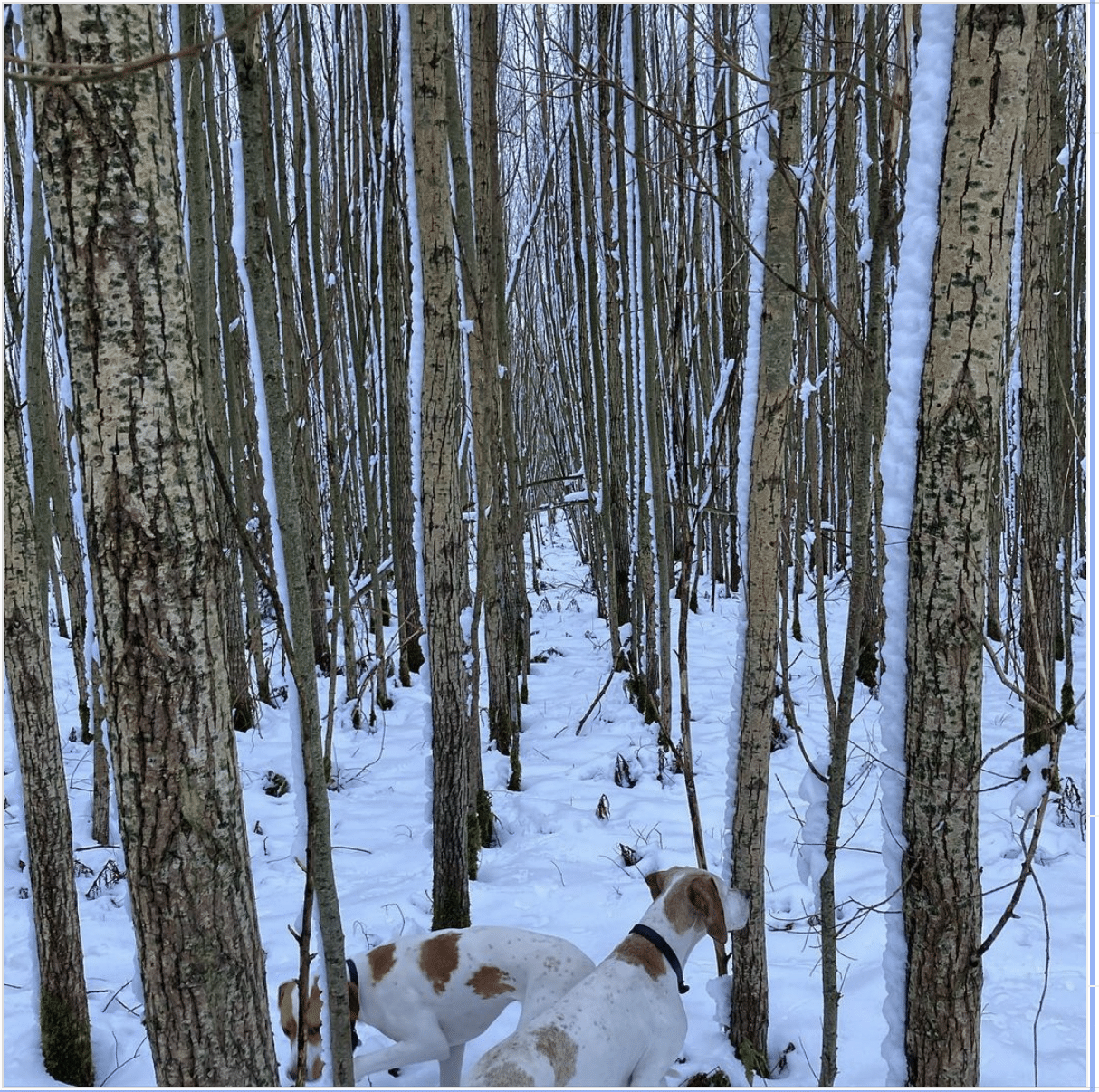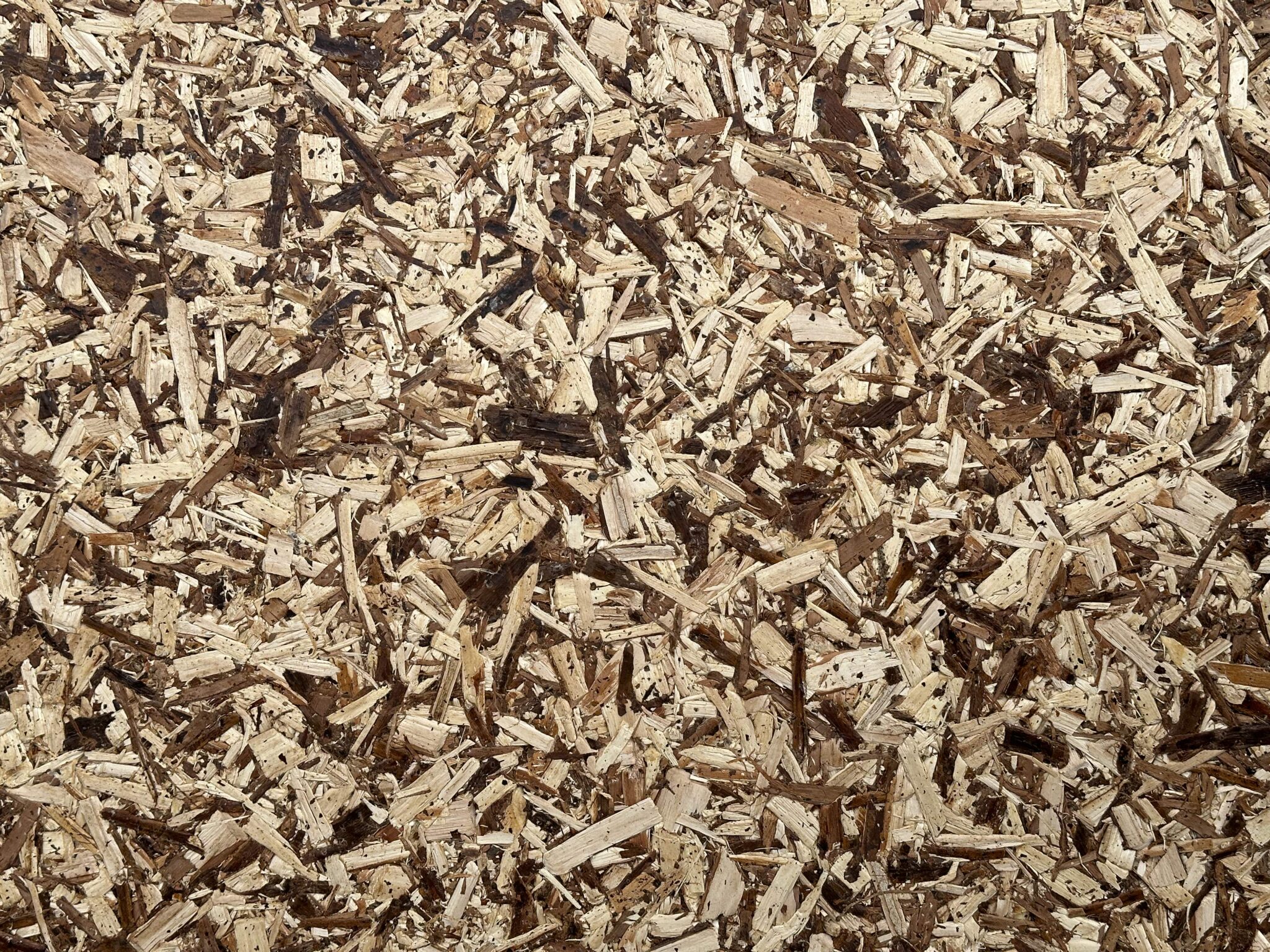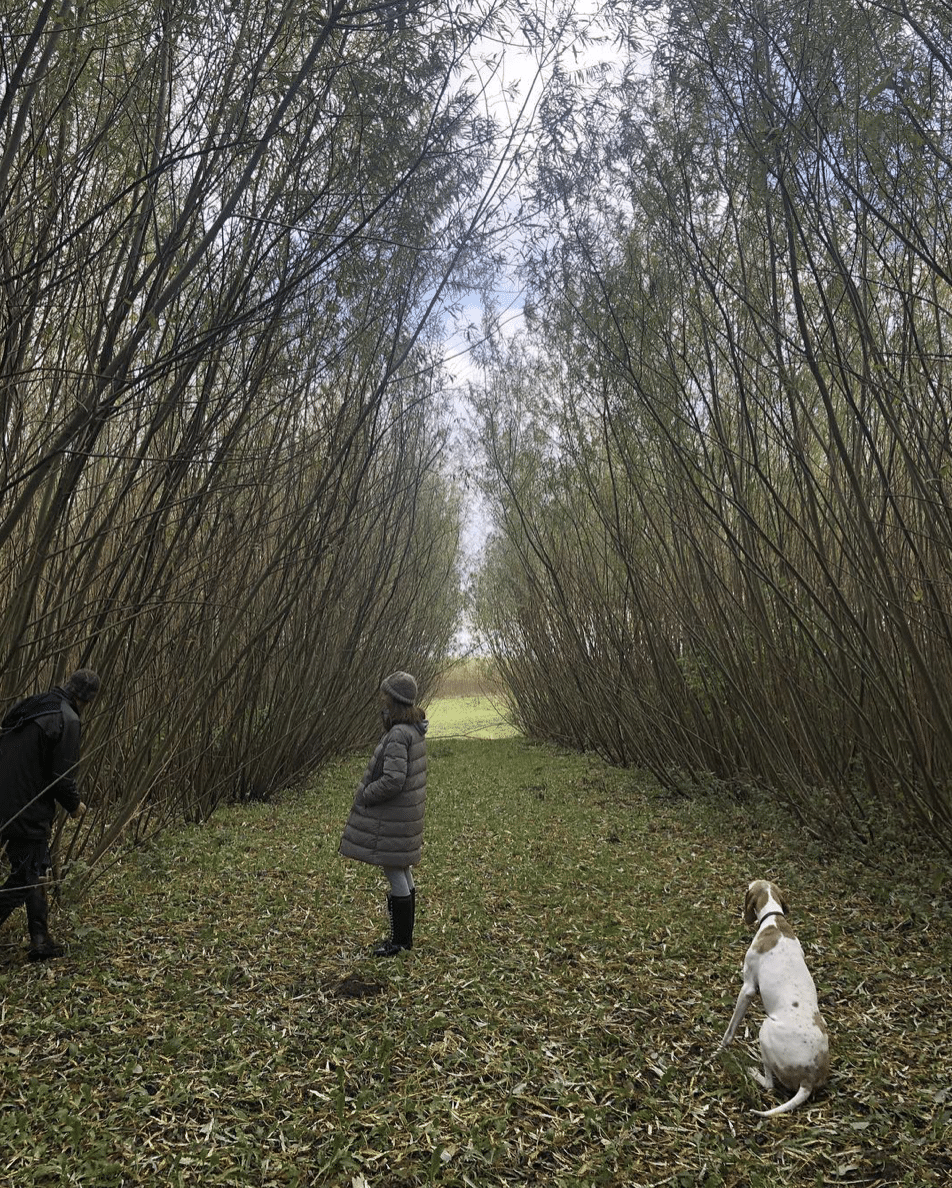Why?
UN's Climate Panel:
"We need to remove CO2 from the air to save the climate and use fast-growing and energy-effecient plants or trees such as bamboo or willow"
- IPCC / Oct. 2018





The construction sector needs to change
Willow is one of the world's most environmentally friendly raw materials
It grows from sunlight, air, soil, and water, making it a truly renewable resource that generates no waste or pollution. Wood can be recycled, conserves energy, and stands as a cornerstone for a fossil-free future.
Wood is nature’s original recycling system. Its climate benefits are rooted in photosynthesis, the process that powers the carbon cycle. Trees and other plants absorb sunlight and draw CO₂ from the atmosphere, storing it within their structure.
Much like traditional recycling, wood helps preserve limited resources and produces no waste. It is a clean, circular material that fits seamlessly into the vision of a sustainable future.
Wood is the raw material of tomorrow, and willow is one of its most efficient forms. It absorbs carbon, reduces reliance on fossil fuels, and renews itself naturally. In short, it is one of the few materials we actually need more of to build a better, more sustainable world.
/ Willow trees grow rapidly and absorb significant amounts of CO2.
/ Willow trees have a growth rate of approximately 2.0 meters in height and 1.2 centimeters in diameter per year.
/ Willow trees can be utilized after 3-4 years of growth.
/ Willow trees can be “harvested” by cutting them down, but they regenerate from the root and do not require replanting.
/ Willow trees tend to grow densely and have a high yield per unit of land area.


